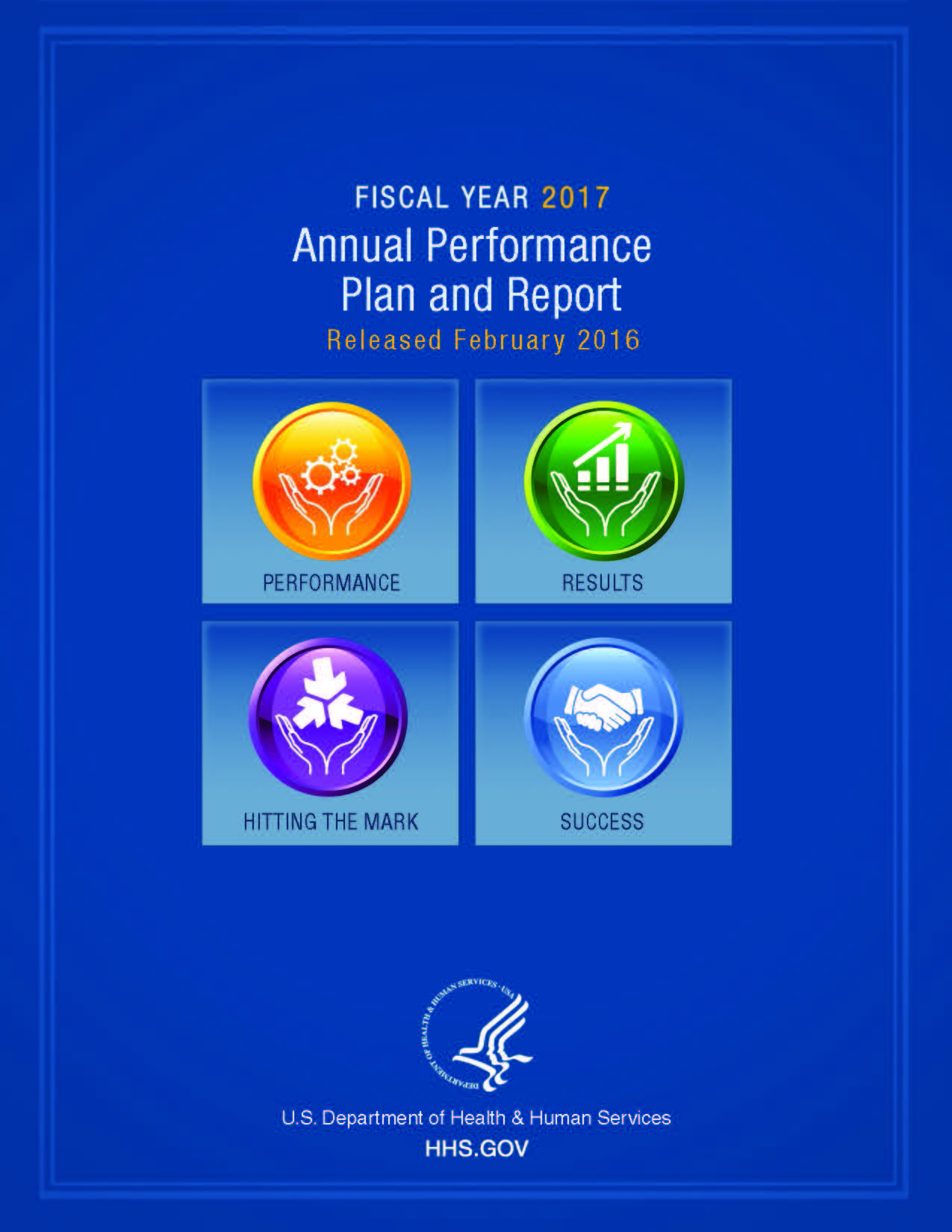- Home
- Agencies
- Department of Agriculture
- Department of Housing and Urban Development
- General Services Administration
- Department of Commerce
- Department of the Interior
- National Aeronautics and Space Administration
- Department of Defense
- Department of Justice
- National Science Foundation
- Department of Education
- Department of Labor
- Office of Personnel Management
- Department of Energy
- Department of State
- Small Business Administration
- Environmental Protection Agency
- Department of Transportation
- Social Security Administration
- Department of Health and Human Services
- Department of the Treasury
- U.S. Agency for International Development
- Department of Homeland Security
- Department of Veterans Affairs
- Goals
- Initiatives
- Programs
Primary tabs
Key to Changes
This text is Revised text
This word has been added to the text
This text is Last Published text
This word has been removed from the text
Modifed styling with no visual changes
Strategic Objective
Invest in the HHS workforce to help meet America’s health and human service needs
Strategic Objective
Overview
HHS is engaging in a variety of activities to strengthen its human capital and to address challenges in recruitment and retention with a specific emphasis on workforce diversity and succession planning. HHS is focusing on human capital development to inspire innovative approaches to training, recruitment, retention, and ongoing development of Federal workers. Combined with a focus on opportunities to align multiple training programs supported by HHS, the Department will enhance its capacity to address current and emerging challenges.
Progress Update
Please note that this section summarizes the result of the FY 2014 HHS Strategic Review process, limiting the scope of content to that available prior to spring of 2015. Due to this constraint, the following may not be the most current information available.
Conclusions: Focus Area for Improvement
Analysis: HHS continues to experience significant challenges in hiring and maintaining its workforce. For example, the number of days to hire performance measure missed the target this year and in each of the preceding two years. While the re-baselining of the Hire-to-Retire (or HR Solutions) initiative may have been disruptive to operations, the gap between the target and measure outcome is much greater than the corresponding gap from each of the two preceding years. The current plan is to revise the days to hire measure to begin reporting in FY 2017 – as well as continue to include measures related to employee engagement, supervisor assessment of staff capacity, and a diversity measure from the Employee View Point Survey.
HHS has implemented a number of new initiatives around training, diversity, targeted recruiting, work-life balance, employee engagement, and retention. However, recruitment remains the key issue for the majority of HHS components. Many Divisions identified the time it takes to fill vacancies as the primary challenge. In particular, small Operating Divisions with limited staff in specific programs experience significant risks to effectively manage when hiring is delayed. The HHS Deputy Secretary recently chartered a team that is currently evaluating the challenges with hiring and onboarding processes.
In addition, several new issues deal with the growing number of retirement-eligible employees, particularly around knowledge transfer and succession planning. Another challenge is the recruitment of people in their 20s and 30s and how HHS effectively engages this audience in order to recruit, train and provide advancement opportunities. HHS also experiences challenges in identifying high quality, experienced professionals for positions which require a very specific level and type of expertise (e.g. Information Technology Specialist, Medical Technologists, Nurse Consultants, Safety Engineers, etc.). Many of these professionals are able to demand a higher salary in the private sector.
The new Pathways Programs provide HHS Hiring Officials with some flexibility to recruit and hire students into entry-level positions to meet succession planning needs. OHR continues to partner with OPM to address Pathways Programs recruitment challenges, consult with components on ways to leverage the various Pathways Programs hiring authorities, and continuously improve the program’s hiring process HHS-wide.
During the review, quickly capturing and reporting lessons learned from hiring pilots and other initiatives were identified as an area for improvement. In addition, Divisions are working on succession planning and knowledge management strategies to address the agency’s aging workforce. Another strategy is the development of a new web-based system to house and distribute resumes of candidates who are eligible for non-competitive hiring authorities.








